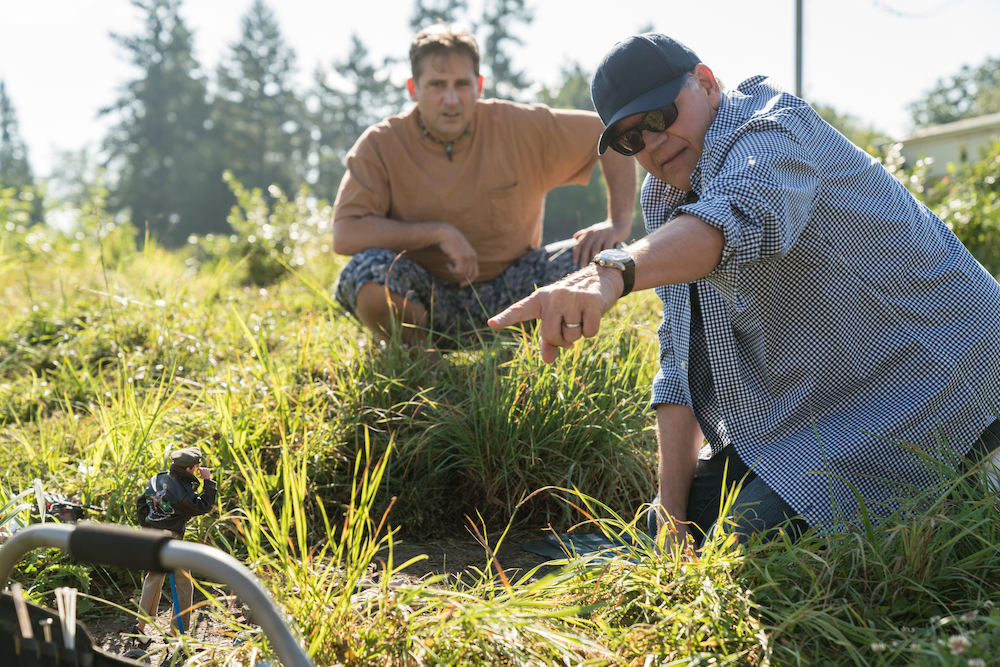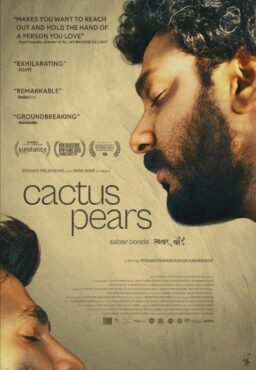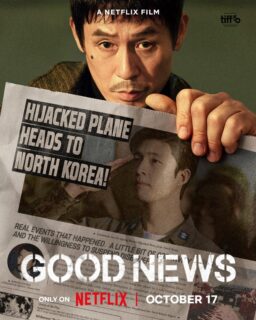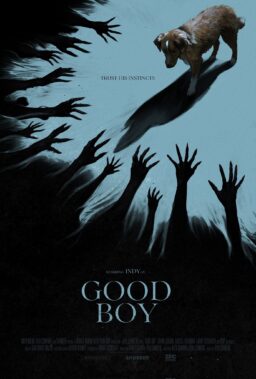Robert Zemeckis’ body of work can be defined by his favorite Francois Truffaut quote: “A great film is a perfect blend of truth and spectacle.” You can see those values in his most acclaimed films, whether it’s how “Back to the Future” mixes Marty McFly’s high school jitters with a time machine sports car, or when fictional character Forrest Gump is miraculously inserted into real American history, as his story parallels America in the 20th century. These values have made Zemeckis one of Hollywood’s most celebrated filmmakers, one who leads with heart while always looking to harness the cutting-edge tools of visual storytelling.
His latest pursuit of what Truffaut might call a great movie is “Welcome to Marwen,” which mixes the incredible true story of the PTSD-afflicted Mark Hogancamp (and his therapeutic world of WWII dolls) with massive action sequences and big comedy bits, presented in large part with motion-capture technology. Hogancamp’s detailed dolls and meticulously made set pieces, as captured in his photos that made him a true outsider artist, have a life of their own under Zemeckis. The story was previously told in the 2010 Jeff Malmberg documentary, “Marwencol,” of which Zemeckis and Caroline Thompson’s script takes some inspiration. In Zemeckis’ rendering, the dolls battle it out and have a parallel narrative, one that sometimes blends with the live-action human drama.
In his first motion-capture performance role, Steve Carell plays Hogancamp, with script emphasizes the support he received from the women in his life. Women like his co-worker Caralala (Eiza González), model store friend Roberta (Merritt Weaver), caretaker Anna (Gwendoline Christie), rehab companion Julie (Janelle Monáe) and possible love interest Nicol (Leslie Mann) are represented in Mark’s world of WWII figures in the fictional Belgian town of Marwen. The Nazis in the town, menacing and always able to come back even after being killed, become a monstrous force for his PTSD alongside a mystical doll named Deja Thoris (Diane Kruger).
RogerEbert.com sat down with Zemeckis and Carell to talk about their new movie, adding big motion-capture action and comedy to its true story, the way that filming echoed Zemeckis’ work on “Who Framed Roger Rabbit?” and more.
Steve, you’ve talked in the past about liking to take roles that scare you. So, what scared you about this movie?
STEVE CARELL: I don’t know if this one scared me. I saw the documentary and I couldn’t stop thinking about it. It moved me. So I should say, things that either scare or move me, are things that I’m interested in. [laughs] And that was the reason. After I’d seen it, I thought that there was something special about this guy and this story, and about what it says about his outlook on life. It was very hopeful. That’s what drew me to it.
The mo-cap is new for you. Were you at all scared about that?
SC: Apprehensive, perhaps. Because I had never done anything like that, and I really didn’t know how it would work. Bob lead me through the whole idea of it, to rely on my imagination and his foresight, and his visions. It was a trust fall.
Do you find you have to often make actors especially comfortable with mo-cap?
ROBERT ZEMECKIS: I guess so, I guess because it is so strange, they’ve never done it before. But they end up really enjoying it, because they end up learning really quickly that it’s just about acting, they get to act all day long. They don’t have to do anything else, they don’t have to worry about cameras or marks or any of that technical stuff, they just get to perform. So very quickly they … everybody likes to do it, it’s not a big deal. They just don’t get to wear a costume. That’s what they miss.
Which would help them get more into character, I imagine.
RZ: Yeah, if you’re making a movie. But I describe it as black box theater, then it’s the same as that.

With this movie, you have the interesting challenge of wanting to find the action and comedy within a story that is working from a man’s imagination, but also his PTSD. How do you find that line of what you want as an entertainer, and being true to the story?
RZ: I don’t think anything is exclusive. I just try to do what I think is entertaining, and stay true to the story that I’m telling. But I find it interesting, it’s become more … there’s this thing going on in maybe the last 10, 15 years, where there is this exclusivity between drama and comedy, like you can’t put comedy in dramas. Or, filmmakers seem afraid to do it. And I just find that mystifying, because you know, funny stuff happens all of the time, and it’s only funny if it’s the truth.
Have people been talking about that? I’m curious about where that sentiment comes from.
RZ: No, I’ve noticed it. I notice in movies. I see everything. And I see these dramas. There’s never a single light moment.
And Steve, you’re an interesting actor to add to that blend. And there are some moments of comedy, like when you drop-kick a doll because it looks like Nicol’s Aryan ex. It’s a strange moment to come from his story.
RZ: Yeah, there are tons of them in the movie. That’s just the stuff of movies. Like I said earlier, I think that having humorous moments is … I mean, look how many wonderfully hilarious moments there are in “The Godfather.” It’s entertaining.
SC: And Mark has a great sense of humor.
RZ: Exactly, that’s true too.
SC: I got an email from him last night and he and Jeff [Malmberg], were doing a Q&A after a screening, and he wrote, “And I got some great laughs.”
RZ: [laughs]
SC: He’s really, he’s really enjoying it. He’s very dry and very funny.

This comes after the big WWII action of “Allied,” and also the adaptation of a true story in “The Walk.” Did you take any particular experiences from those and put them into “Marwen”?
RZ: I think I take something from all of the movies I make. I would say that from a technical standpoint, probably every movie I’ve made probably prepared me for “Marwen.”
Really?
RZ: Yeah, kind of. It was a very complicated movie technically, and reflecting back on it, a lot of the expertise, a lot of the way that I had to … there’s a couple of scenes in “Marwen” that Steve and I had to do exactly how I did them in “Who Framed Roger Rabbit?” Where, he was playing himself and a doll and they were both in the same scene together. And that was exactly the technique, and everything that I did goes all the way back to that.
Are you thinking a lot about past projects when you’re working on a current project?
RZ: No, sometimes I just have a flashback. I think, “Oh, I’ve done this before.”
One amazing element about this movie is that it’s probably one of the first studio movies to so openly portray a main male character who likes to wear women’s shoes. Was there any push back? Did you talk to Mark about it?
RZ: It never came up with Mark, and the studio never … they read the script and they said, “OK, we get it.”
That’s exciting. Maybe ten years ago, it would have been more challenged.
RZ: You could be right about that. I don’t know the exact time frame, but it is pretty amazing that this movie was made by a major studio. It really is.

Did Mark offer any advice on how to be him? How did you understand how to play him?
SC: Here’s a perfect example of the type of things that I learned from Mark, and informed how I was going to play him: In that same email, we were exchanging emails the last couple of days. And during that Q&A, he said that he didn’t use a mic. And it wasn’t even related to anything, he said that, “I don’t like to use a device that makes my voice louder than anybody else’s.” I think the specificity of that speaks to who he is as a person. He just wants to take up as much space as he’s been allocated in life.
And I feel very much the same way. I feel like everybody has their space in the world, and some people grab a huge amount of it. It’s a strange concept, but I identify with that. It speaks volumes about how humble he is, and how kind, and how generous he is.
So, it was little things like that along the way that I’ve learned about him. And obviously the documentary. But getting to know him, and corresponding with him. But I never wanted to study him at all. Or pick his brain about the specifics. Because then it just feels like an actor kind of, in a cavalier way, trying to gleam somebody’s character traits, as opposed to getting to know them on a personal level. And I felt like I had a responsibility to him, to try to get as close as I could to the spirit he has.
You mentioned that about having his own space, and his art, his photography is kind of … it’s just who he is, it’s not trying to communicate beyond that. That’s the interesting question about it: Is it art, is it therapy? Is it both?
SC: I think it is both, and I think it’s art for art’s sake. I think it’s the purest form of art, because it’s not about anything but doing it. He’s not looking for any fame or fortune, he’s doing it for himself, he’s doing it because he finds it beautiful. But he’s such a humble guy. I think he is astounded that any of this has turned into what it has turned into, that there was a documentary made, that there’s been a feature film made. I don’t think he understands what all the hubbub’s about.
He’s seen “Welcome to Marwen” though, right?
SC: You know what, he has. So I need to call him later. He had seen the trailer and he called me, and left a really cryptic message. “Hi Steve, it’s Mark. Can you give me a call?” And I called him right back, and he said, “I’ve seen it 12 times. I’ve cried every time. That’s my life. You guys did it. That’s me.”
Wow.
SC: He was so excited. He was really over the moon about it. I’m excited to talk to him about it.

Did you and Robert talk about outsider artists? Or the idea that Mark is an outsider artist? There are a lot of people like that.
RZ: Say that again?
Outsider artists, like Henry Darger. People who create art in their own world and they’re so prolific.
RZ: Doesn’t everybody? I mean, seriously. That’s why I really wanted to make the movie, because I personally think it’s a universal theme. I mean that everybody has a need to express themselves creatively, and that’s why humans need art. It helps them to try to make sense out of very complicated things.
Do you consider yourself an artist in that way?
RZ: You know, it’s funny. I sort of … I consider myself more of a craftsman than I do an artist. But you know, I made this movie, I just channeled Mark and I made this movie because I had to. I think that’s sort of, the need to do that is an artistic expression.
Had to?
RZ: Had to. And by the way, it’s so impossible. It could have gotten stopped at any step of the way. It could have been derailed, there are so many places that it could have been derailed. Here it is.
I remember when it popped up … this has been in the works for a while.
RZ: I started it eight years ago.
I remember thinking, “They’re making a movie about ‘Marwencol’?”
RZ: Right.

Do you see dramas moving more toward motion-capture technology as it goes on?
RZ: Oh yeah, I mean. There’s a whole bunch of motion-capture in “The Walk.” You never saw it.
But is that OK that I don’t know where it is?
RZ: Yeah. And guess what, there are microphones too. Nobody writes about that. We have microphones everywhere because you have to record sound. They wrote about it a lot back in 1920. But they don’t write about it now. And it’s like all film technique. Eventually, if the filmmakers start to use it correctly, becomes invisible. Back in the later 1970s, they invented a thing called the Steadicam. And every movie had to have a fist fight in the stairway [laughs] because it’s the only way you could do it, you couldn’t do it before that. And now, I defy you to even spot a Steadicam shot in films that are made by really good filmmakers. You don’t even know that tool is being used.
So what happens is that everything gets … exploited a little bit because it’s so new, and then becomes just part of the tool box. And filmmakers are supposed to make film technique invisible.
What I’m proud about with “Marwen,” I think that the movie gets to a place where, I cut in between the real world and the doll world, and it almost becomes completely invisible. And that’s because the performers, the actors are doing such a great job, and hopefully the story is compelling. And you go between the two worlds. But I think that a filmmaker’s job is to not ever call attention to the technique, you’re supposed to make that invisible so that you can be involved in the story and the characters.
Steve, do you have any advice that you’d give to actors about working with motion-capture?
SC: Like the advice that Bob gave me on day one, just think about it as very low-budget theater. And use your imagination. And I’ve done just the black outfit and everything, a couple chairs onstage. It’s ironic because, doing it back then you were at the mercy of your finances. And the irony now being, to do something like that is expensive to do and very complex. It’s fun. Just give yourself over to it, and enjoy it. It’s play time.












